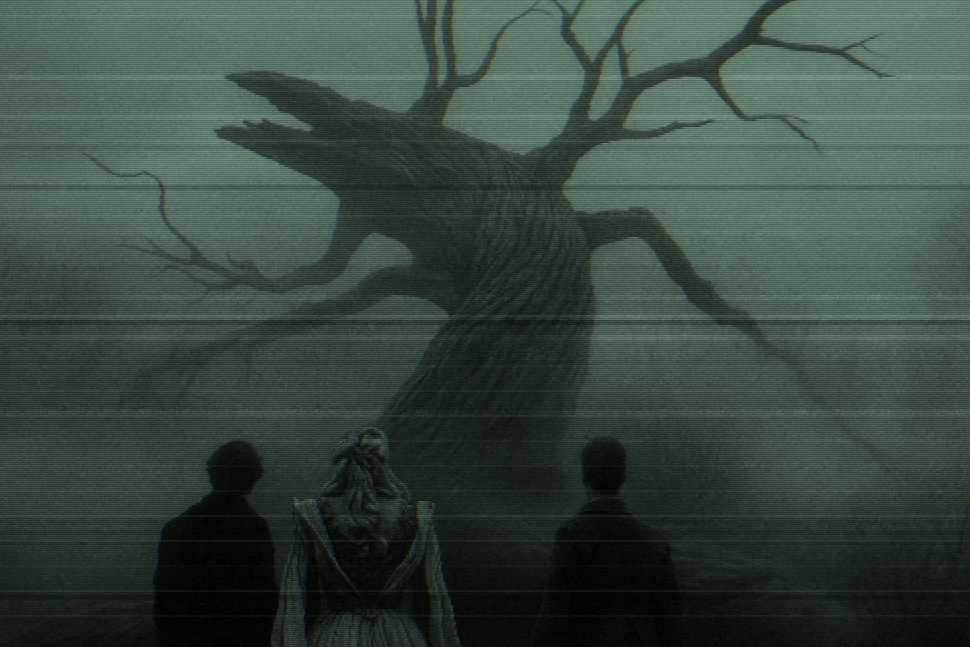
Sleepy Hollow 1999
This transmission takes place in a small Earth village surrounded by trees, fog, and superstition. When several humans are found without their heads, local leaders call in an outsider named Ichabod, who claims to rely on science and reason. He brings goggles, notebooks, and fragile confidence.
The villagers are not interested in science. They already believe the killer is a ghost — a headless warrior who rides a black horse and removes heads without delay. They accept this not because it makes sense, but because it feels familiar. Fear, for them, is more comfortable than uncertainty.
Ichabod insists on conducting investigations using rational methods. These include digging up graves, interviewing frightened witnesses, and having dramatic fainting spells. Each time he encounters the horseman, his belief in logic weakens. He continues his work, but now with shaking hands and frequent flashbacks.
Other characters respond in equally unstable ways. The elders hide information. A local woman uses vague spells and unclear motives to stay involved. Romantic tension forms between Ichabod and a young woman who may or may not be helpful, depending on the lighting.
As deaths continue, panic grows. The villagers become more secretive, not less. They whisper, suspect each other, and mostly wait for the next beheading. Even when answers begin to emerge, fear remains their primary response.
Conclusion: When faced with the unexplained, humans often choose fear over reason. They cling to stories, avoid hard questions, and distrust anyone who arrives with tools instead of folklore.
Fear spreads faster than facts. To destabilize an Earth settlement, Nebulon may only need a shadow, a hoofprint, and a well-placed scream.
